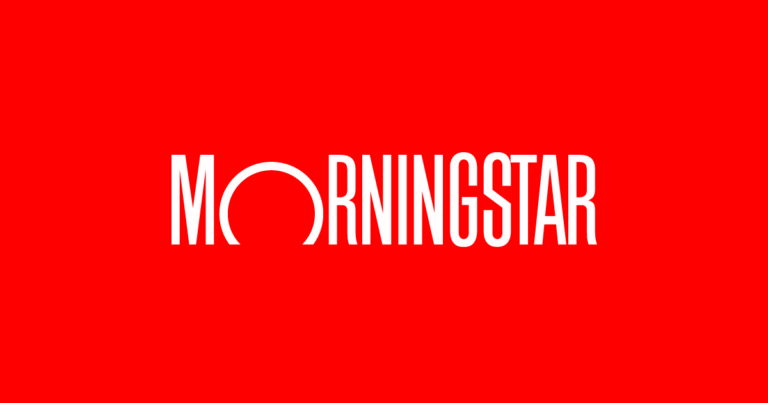He explained that a strategy of having 50% in long equity positions can help with upside participation in a bull market. On the other hand, a combination of a high distribution rate and a lower participation rate could lead to a significant decline in a fund’s NAV over the long term.
Burrello described QQA’s strategy as an evolution beyond traditional passive indexed covered call strategies. “You need a strategy that has a total return that exceeds its yields over the long run,” to prevent erosion of a fund’s NAV. “There is no free lunch,” he said.
And now for longer-term comparisons. We will compare the same ETFs as in the chart above, aside from QQA, which is only one year old, and add the aforementioned Eaton Vance Enhanced Equity Income Fund II (which has an expense ratio of 1.09%) and DIVO, for longer periods, depending on how long it has been since each fund was established. Below QQQ we will add the SPDR S&P 500 ETF Trust SPX, for reference.
Fund Ticker 3-year return 5-year return 10-year return
Invesco QQQ Trust Series I QQQ 87% 128% 452%
SPDR S&P 500 ETF Trust SPY 64% 113% 261%
Global X NASDAQ 100 Covered Call ETF QYLD 32% 46% 115%
JPMorgan NASDAQ Equity Premium Income ETF JEPQ 59% N/A N/A
Amplify CWP Enhanced Dividend Income ETF DIVO 43% 89% N/A
Eaton Vance Enhanced Equity Income Fund II EOS 69% 98% 261%
Source: FactSet
For three years, JEPQ has outperformed QYLD by a significant margin. And as you go further out, you can see that the longer the period, the more pronounced is QYLD’s underperformance to QQQ.
EOS has been impressive, outperforming SPY for three years and matching SPY for 10 years, although it has trailed for the five-year period.
Investors interested in the high monthly income offered by this type of fund must expect lower overall performance than that of underlying indexes over time, as giving up some upside is the price for the flow of option-generated income. But the devil is in the details – you don’t want to give up too much upside, and the more active option strategies, combined with the long equity exposure in most of the funds discussed here, can increase upside participation.
For QYLD, the 10-year total return was 115% through Monday – only a quarter of what QQQ returned for the same period. Meanwhile, QYLD’s share price declined 29% from $23.62 on July 28, 2015, to $16.77 on Monday. For this fund, returns of capital are typically a high percentage of distributions. And they lower the NAV and the share price. Through July, more than 98% of QYLD’s distributions have been returns of capital.
Again, QYLD’s returns of capital have deferred taxes for QYLD’s longer-term shareholders. But the practice can be confusing to investors. For example, if a long-term investor looks to sell QYLD shares at a loss in order to offset capital gains from the sale of other investments, they had better check their adjusted cost basis on the QYLD shares to make sure they will really book a capital loss.
Don’t miss: 10 dividend stocks with yields up to 6.92% and plenty of cash flow for higher payouts
-Philip van Doorn
This content was created by MarketWatch, which is operated by Dow Jones & Co. MarketWatch is published independently from Dow Jones Newswires and The Wall Street Journal.
(END) Dow Jones Newswires
07-30-25 0704ET
Copyright (c) 2025 Dow Jones & Company, Inc.

